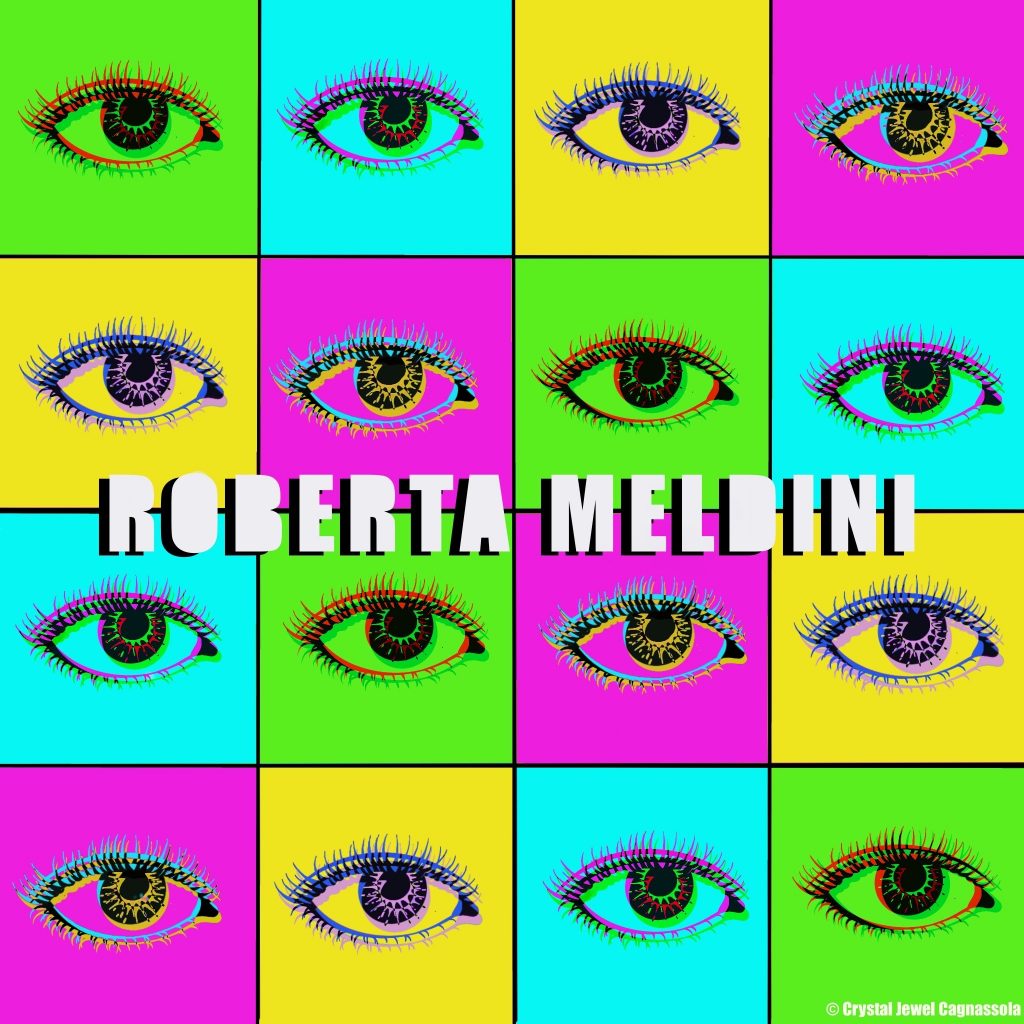The Elena and Claudio Cerasi Foundation makes its visitors discover a Roman artist of adoption
by Asia Ruffo di Calabria

Back for a few days in Rome, I went to visit for the first time Palazzo Merulana. The spaces of the former Health Department host the collection of the Fondazione Elena and Claudio Cerasi, consisting mainly of Italian paintings of the twentieth century and of the Roman School.
After the first two floors of the permanent collection, I went up to the last, dedicated to the temporary exhibitions. The subject of my new article is inspired by this visit: the artist Roberta Meldini. The subtitle that the curator Brigida Mascitti gave to the exhibition, open to public during the week until the 5th of March, is «Plastic linearity and sinuous three-dimensionality», a choice that, in my opinion, does not fully express the centrality that the artist gives to women in her work. Personally, I would have found it more interesting to state, already from the subtitle, that not only is the artist a woman, but also the subject of the exhibition, drawn or sculpted with sinuous and sensual shapes.
Roberta Meldini would have turned 90 years old and, for this anniversary, Palazzo Merulana dedicates its first retrospective to her, including a beautiful sculpture of a girl sitting and touching her hair, made of cement! The statue is called «Moment in the water» and it was made in 1969.
In the visage of the sculpture «Moment in the water», I had the feeling of finding traces of the half-busts of Pollaiolo or Auguste Rodin. Roberta Meldini was born in Rimini, but moved very soon to Rome: her exhibition at Palazzo Merulana resumes the Roman character of the paintings of Mario Mafai or Antonietta Raphaël. The exhibition space is not large, but the exposition of her busts in front of engravings and continuous line drawings retrace a career from the 1950s to 2000.
I really enjoyed seeing emerge, among the drawings of women with sinuous shapes, immersed in a bucolic context, sculptural portraits of Peacocks and Turtles that seem to be a citation of the male partner in so much female presence. The common denominator is the joy of living that reigns in the room and which is encountered in the faces and flesh of the young women portrayed. The bust «Marina» of 1971 is not made of concrete, but bronze and Marina’s chignon reminded me of the elegance of Thorvaldsen’s neoclassical statuary, Antonio Canova’s rival. I would recommend the readers to make a comparison with the sculpture «Ballerina» of Bertel Thorvaldsen after seeing the exhibition on Roberta Meldini in Via Merulana.
CONTINUE READING
Roberta Meldini – English Version
Roberta Meldini – French Version
Roberta Meldini – Italian Version

